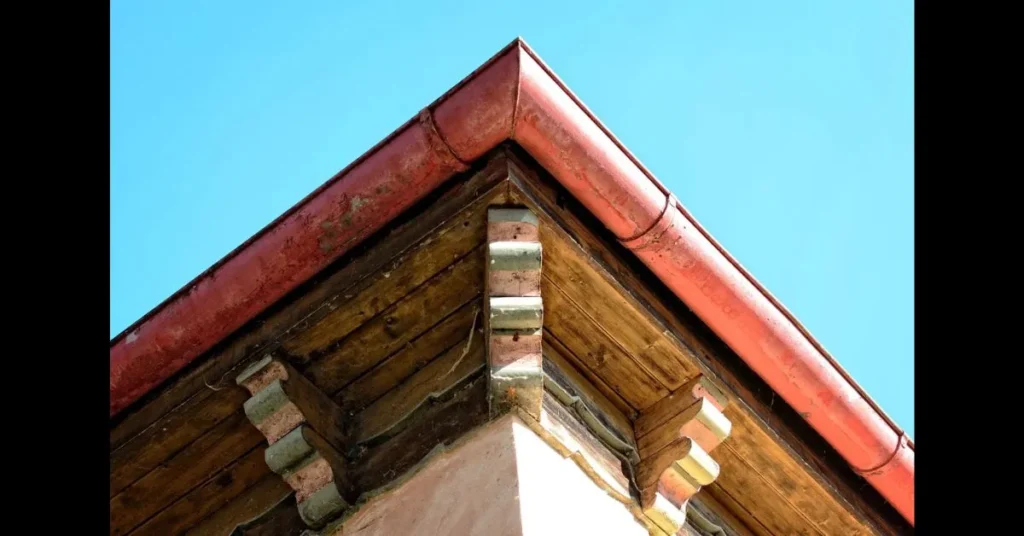As a homeowner, it’s important to recognize that your roof endures constant exposure to weather conditions, from harsh sunlight and heavy rain to strong winds and extreme temperatures. Over time, these elements can affect your roof’s integrity, making regular care and maintenance essential. Maintaining your roof helps you avoid costly repairs and keeps your home safe. In this guide, we’ll explore seven simple yet effective tips to extend your roof’s lifespan, ensuring it protects your home for years.
Contents
1. Invest in Quality Materials and Professional Installation
Investing in quality roofing materials and professional installation can greatly extend your roof’s lifespan. While cheap materials may save you money upfront, they often lead to expensive repairs and replacements later. It is important to choose durable, weather-resistant materials that suit your local climate.
Equally important is hiring a reputable professional for installation. Proper roof installation ensures your roof’s integrity and minimizes the risk of issues. Look for certified and experienced contractors, read reviews, and ask for references before deciding.
2. Schedule Regular Inspections
One of the most important steps in roof maintenance is scheduling regular inspections, ideally twice a year—in spring and fall. These inspections help you catch small issues before they turn into costly repairs. During an inspection, check for signs of wear, such as missing shingles, rusted flashing, or debris in gutters and valleys.
Additionally, watch for water stains on ceilings or walls, which may indicate leaks needing immediate attention. If you’re not comfortable doing the inspection yourself, consider hiring a professional to do it for you.
3. Keep Gutters Clean and Clear
Clogged gutters can cause water to back up and seep into your roof, causing damage and potential leaks and keeping your gutters clean and clear of debris, such as leaves, branches, or other materials that may accumulate over time. Regularly check and clean your gutters at least twice yearly to prevent water damage.

It’s essential to ensure downspouts direct water away from your home’s foundation to prevent erosion and water damage. After cleaning, flush the gutters with a hose to help remove debris and confirm the drainage system is working properly. If climbing a ladder isn’t feasible, consider installing gutter guards or hiring a professional service.
4. Trim Overhanging Branches
Trees near your home can provide shade and add beauty to your property, but overhanging branches can damage your roof. During storms or strong winds, these branches can break off and fall onto your roof, causing damage to shingles and potentially creating holes for water to enter. It’s crucial to regularly trim any overhanging branches to prevent this from happening. When trimming, maintain a distance of at least six feet from your roof and use proper tools for clean cuts.
5. Address Leaks Promptly
A small leak can quickly escalate into a major issue, causing significant water damage in your home, including mold growth and expensive structural problems. Inspect your roof for signs like dark spots, water stains, or peeling paint on ceilings if you suspect a leak. Also, check for damaged or missing shingles, leading to water infiltration.
Call a professional roofer to assess the damage and recommend a repair plan if you notice a leak. Acting quickly minimizes damage and protects your home’s value. Regularly check areas prone to leaks, such as around flashing or roof vents, to catch potential issues early. Keeping a record of repairs and leaks is also helpful for future maintenance and improves communication with contractors.
6. Insulate and Ventilate Your Attic
Proper insulation and ventilation in your attic greatly affect your roof’s longevity. Inadequate insulation or poor ventilation can cause heat buildup, overheating, and premature shingle deterioration. Additionally, moisture buildup from insufficient ventilation creates ideal conditions for mold growth, weakening your roof’s structure.
Ensure your attic is well insulated with materials suited for your climate to prevent these issues. Proper air circulation through vents near the eaves and roof ridge is also crucial. This allows hot air to escape and prevents moisture buildup, helping your roof last longer. If you spot poor insulation or ventilation, consult a professional to address the problem.
7. Actively Monitor the Age of Your Roof
Even with proper care, all roofs have an expiration date. Homeowners should stay aware of their roof’s age and take proactive steps towards replacement when necessary. Most roofs last 20-25 years, depending on the material and environmental factors. As your roof nears this range, schedule more frequent inspections and watch for signs of deterioration. Investing in a new roof may seem costly initially, but it can save you from larger expenses later.
By following these tips, you can save time, money, and stress while ensuring a safe and comfortable home for your family. A well-maintained roof safeguards your home and enhances your property’s value. Don’t wait until it’s too late—begin caring for your roof today. Regardless of your roofing material, regular maintenance is crucial for extending its lifespan and ensuring optimal performance.

